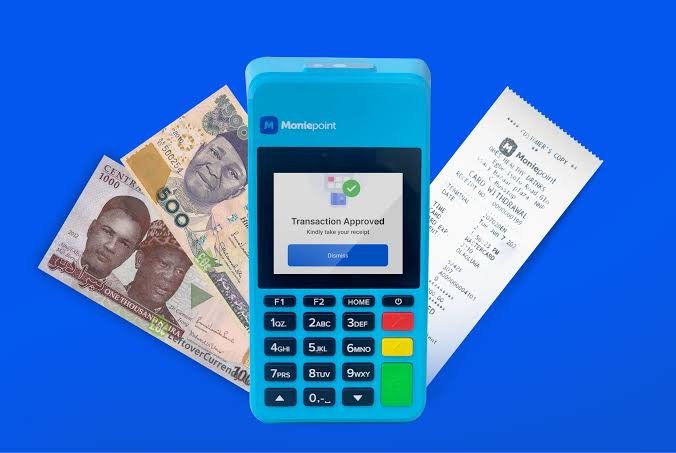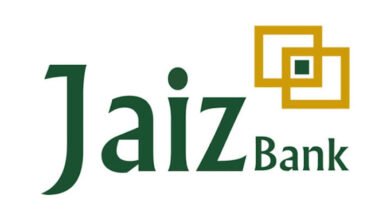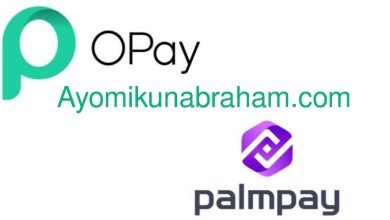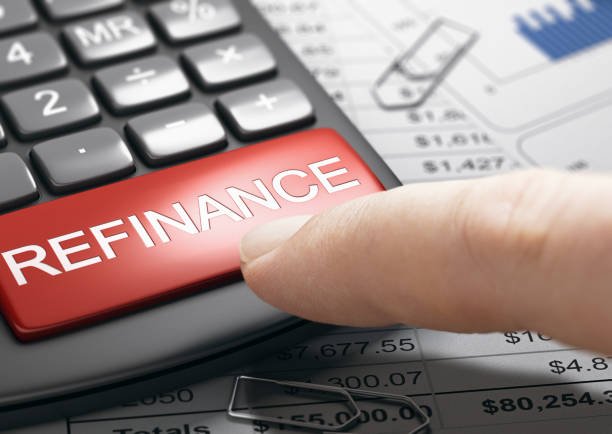Moniepoint Fake Transfer & Payment Alert: How to be Safe
Moniepoint Fake Transfer & Payment Alert: How to be Safe
In today’s digital age, online transactions have become a convenient and popular way to buy and sell goods and services. However, with the rise of technology, there has also been an increase in financial frauds, including Moniepoint fake transfers and payment alerts. In this article, we will provide an introduction to this new scam strategy by fraudsters, how it works, and how to protect yourself from falling victim to it.

Moniepoint fake transfer and payment alerts are a type of financial fraud that involves a fraudster sending a fake payment alert to a seller, making them believe that the payment has been made. The fraudster then asks the seller to render the agreed goods or services, thinking that the payment is legitimate. However, in reality, no actual payment has been made, and the seller is left out of pocket.
The Moniepoint fake transfer and payment alert scam is a new strategy used by fraudsters to obtain goods and services without paying for them. It is a sophisticated scam that involves creating fake Moniepoint accounts, which can be used to send fake payment alerts. The fraudsters use these accounts to trick sellers into believing that they have received payment for their goods or services.
To carry out this scam, fraudsters first create fake Moniepoint accounts using stolen or fake identification documents. They then transfer funds from these accounts to the seller’s account using a fake debit card or by hacking into the seller’s account. Once the transfer is made, they send a fake payment alert to the seller’s email or phone number, making it appear as if the payment has been made.
The Moniepoint fake transfer and payment alert scam can be devastating for sellers as they may have already rendered the agreed goods or services before realizing that no actual payment has been made. This can result in significant financial losses for the seller, as well as damage to their reputation if they are unable to fulfill future orders due to cash flow issues.
How to be safe from Moniepoint fake transfer and payment Alert.
- Verify the identity of your buyer: Before accepting any order or request for goods or services, verify the identity of your buyer by asking for identification documents such as a driver’s license or passport. This will help you ensure that you are dealing with a legitimate buyer.
- Use secure payment methods: Only accept payments through secure methods such as bank transfers or credit cards. Avoid accepting payments through third-party platforms such as online marketplaces or peer-to-peer lending sites as these platforms may not offer adequate protection against fraud.
- Check for red flags: Be wary of any buyer who asks you to render your goods or services before receiving payment or who asks you to accept payment through an unsecured method such as bank transfers via email or text message. These are common red flags that indicate potential fraudulent activity.
- Monitor your account: Regularly monitor your bank statements and transaction history for any suspicious activity such as unauthorized transfers or multiple transfers from different sources. This will help you identify any potential fraudulent activity early on and take appropriate action.
- Report any suspicious activity: If you suspect any fraudulent activity or receive any suspicious messages or alerts, report it to your bank immediately and contact the relevant authorities such as law enforcement agencies or consumer protection organizations. This will help prevent further losses and protect other potential victims from falling prey to similar scams.
FAQs
How does the Moniepoint fake transfer scam work?
Fraudsters carrying out a Moniepoint fake transfer scam typically approach their victims with an offer to purchase an item or service. Once a deal has been struck, the fraudster sends a fake transfer alert to the victim, making it seem like the payment has been made. However, the victim realizes later that no actual funds have been transferred.
What are the warning signs of a Moniepoint fake transfer scam?
One of the key warning signs of a Moniepoint fake transfer scam is the urgency displayed by the buyer to complete the transaction quickly. Additionally, if the buyer insists on using their own Moniepoint transfer link or asks for personal bank details instead of using the standard payment process, it’s likely a scam.
How can individuals protect themselves from Moniepoint fake transfer scams?
To avoid falling victim to a Moniepoint fake transfer scam, individuals should always verify the authenticity of the payment by checking their Moniepoint account or bank statement before handing over the goods or providing any services. It’s also essential to conduct transactions through secure and legitimate channels to minimize the risk of encountering such scams.
Remember, staying vigilant and verifying payment authenticity can help individuals evade falling prey to Moniepoint fake transfer scams, ultimately safeguarding their financial interests and personal security.
Conclusion
Moniepoint fake transfer and payment alerts are a new scam strategy used by fraudsters to obtain goods and services without paying for them. To protect yourself from falling victim to this scam, it is essential to verify the identity of your buyer, use secure payment methods, check for red flags, monitor your account regularly, and report any suspicious activity immediately. By following these steps, you can help prevent financial losses and protect your reputation as a trusted seller in the online marketplace.









